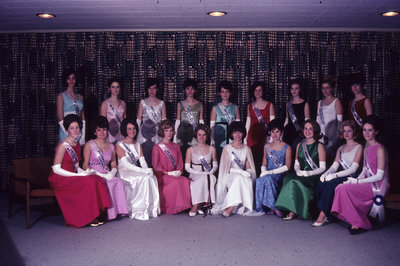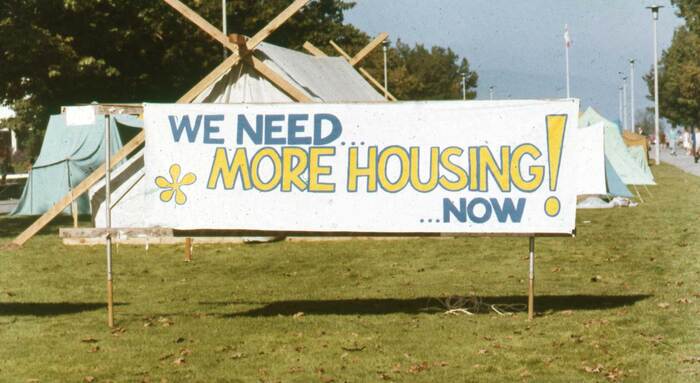Student Activism
Jolley’s decision to actively protest the Miss Canadian University pageant occurred in the midst of growing student activism regarding a variety of issues that permeated life in the late 1960s. Students had a desire to play an active role in national and international events regarding issues relating to Civil Rights, the Quiet Revolution, disarmament, and anti-Vietnam War activities. While student activism was on the rise throughout the 1960s and 1970s, not all universities had the same level of student radicalism. SFU was a university that experienced several major student protests in its early years of operation in the 1960s. Alternatively, WLU experienced very little student radicalism as it was a much more conservative campus with ties to the seminary.
Evidence from Royal Canadian Mounted Police’s (RCMP) surveillance of university campuses confirms WLU’s limited student radicalism. Historian Steve Hewitt investigated that in 1969, WLU did not have a single name on the RCMP’s surveillance list, whereas a more radical campus such as the University of Toronto had over thirteen pages of names. Similarly, between 1971 and 1973, the RCMP did not have record of any subversive groups existing on the WLU campus. Contrarily, nearby Guelph University housed 6 student groups that were considered to be a threat to security. Although the levels of student radicalism varied on campuses across the country, the general atmosphere of unrest among students allowed for a successful protest to be carried out at WLU.



